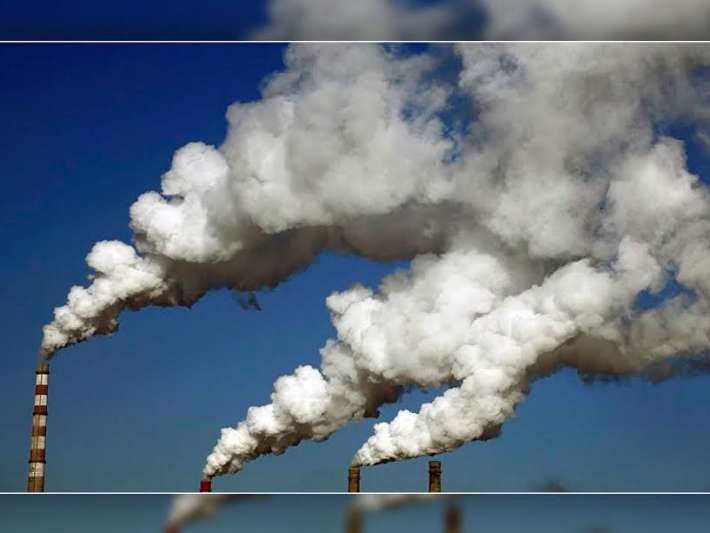

A recent study from Indian Institute of Tropical Meteorology and India Meteorological Department has revealed that in many parts of the country the ratio of harmful acid is increasing day by day in the” life-giving” rainfall whic leads to acid rain. Particularly this change has taken over in the last 10 years and is getting worse every day. Research of rainwater samples collected from different places from the country such as Visakhapatnam, Nagpur, Allahabad, Mohanbari [Assam] and Kodaikanal in the year 2001-2012 showcased an intervening level of water. Acidity and alkalinity solution are measured using a pH scale for where the pH or potential of Hydrogen level of pure water is 7.0, which sum is neutral. But in normal water with a pH level lower than 7 is considered acidic. The higher a substance’s pH (greater than 7), the more alkaline it is and the lower a substance’s pH (less than 7), the more acidic it is. The water’s pH level is extended from 4.77 to 5.32. Normal rainwater has a pH of about 5.6 which is slightly acidic because CO2 (carbon dioxide) dissolves into it forming weak carbonic acid. So rainwater with pH level below 5.65 is considered acidic. Hence these busy cities in the country have been getting `Acid Rain’ which is polluting the atmosphere and architectural heritages.
Acid rain results when polluting gases such as oxides of nitrogen and sulphur [sulphur dioxide (SO2) and nitrogen oxides (NOX)] are emitted from different sources like power plants, automobiles, manufacturing, oil refineries and other industries and get mixed into the atmosphere and transported by wind and air currents. The nitrogen oxides (NOX) and sulphur dioxide (SO2) react with water, oxygen and other chemicals to form nitric and sulphuric acids. These then mix with water and other materials before falling to the ground as Acid rain water. The research led by two scientists V Vizaya Bhaskar and P S P Rao, which was published in the Journal of Atmospheric Chemistry (Springer) tells that-almost all Global Atmosphere Watch (GAW) stations in the country showed a decreasing trend in pH levels with each passing decade during the period of analysis (1981 to 2012). The scientists analysed samples of collected acid rain from 10 GAW stations in India (Mohanbari, Srinagar, Jodhpur, Nagpur, Pune, Vishakhapatnam, Port Blair, Allahabad, Kodaikanal (Tamil Nadu) and Minicoy in Lakshadweep which is spread across the length and breadth of the country.
ImageCredits:nasa.gov
Gifts tell a lot about a person. One of the five love languages, gift giving,…
Growing up in India, most of us are no strangers to superstitions and omens. Warnings…
The Sunrisers Hyderabad (SRH) vs Mumbai Indians (MI) IPL clash tonight at Mumbai’s iconic Wankhede…
In a disturbing incident in Gajuwaka in Visakhapatnam, a 37-year-old traveler from Assam was beaten…
In a strategic move to transform Visakhapatnam into a leading IT hub, the Andhra Pradesh…
Sci-fi has always been an integral part of cinema and media. Whether it's Star Wars,…
Leave a Comment